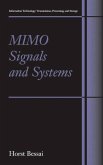
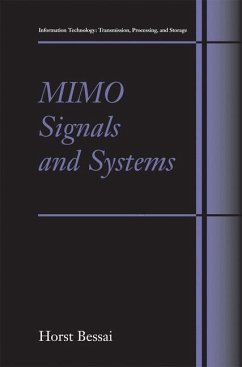
Broschiertes Buch
2005
19. November 2014
Springer / Springer US / Springer, Berlin
978-1-4899-9367-0
Ähnliche Artikel
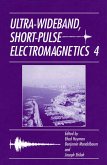
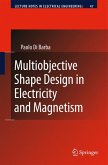
eBook, PDF
3. Dezember 2009
Springer Netherlands
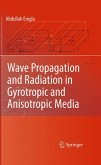
eBook, PDF
2. September 2010
Springer New York
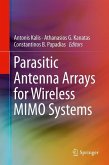
eBook, PDF
11. Oktober 2013
Springer New York
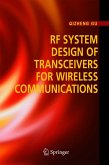
eBook, PDF
6. Dezember 2005
Springer US

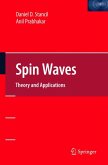
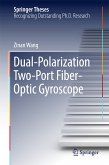
eBook, PDF
23. März 2017
Springer Nature Singapore
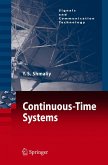

Ähnlichkeitssuche: Fact®Finder von OMIKRON
